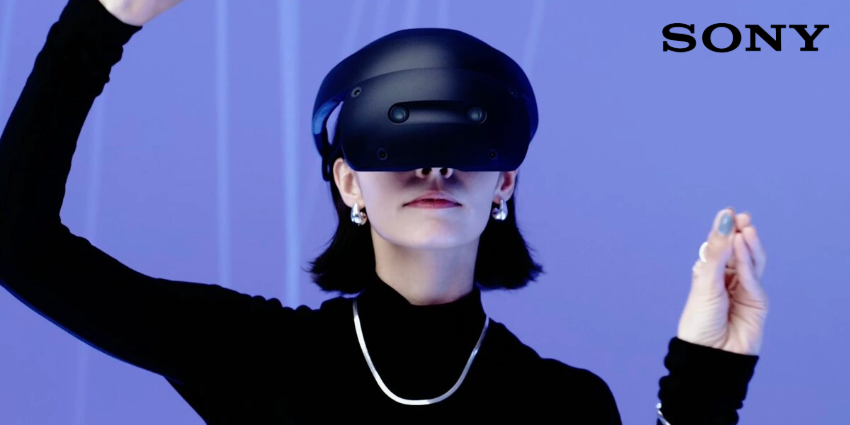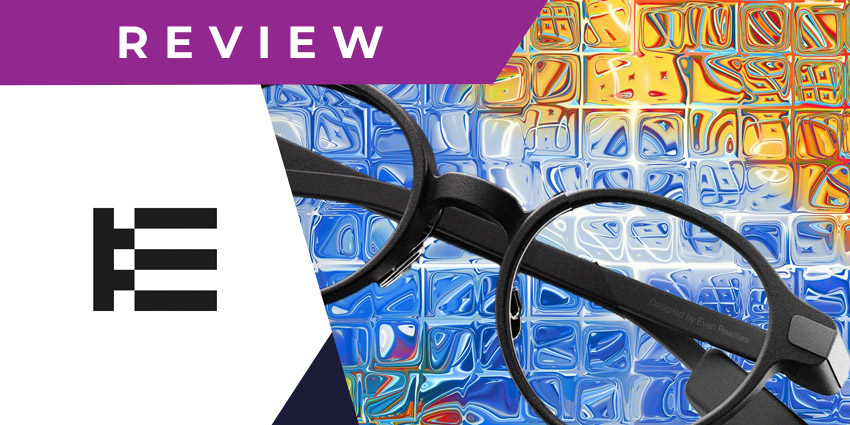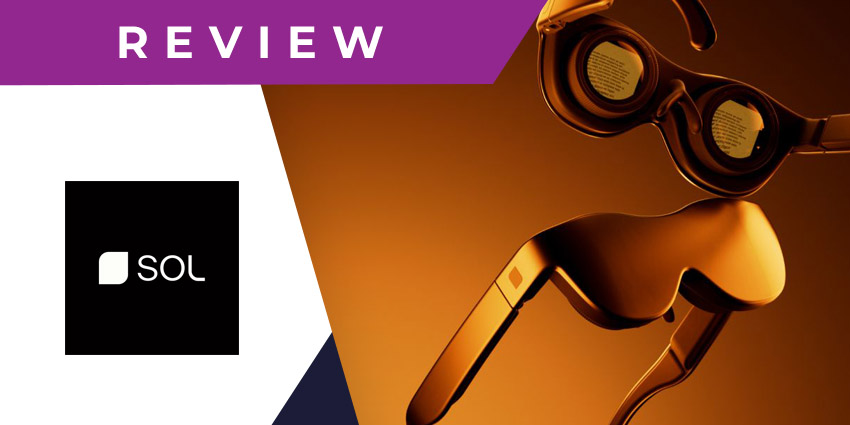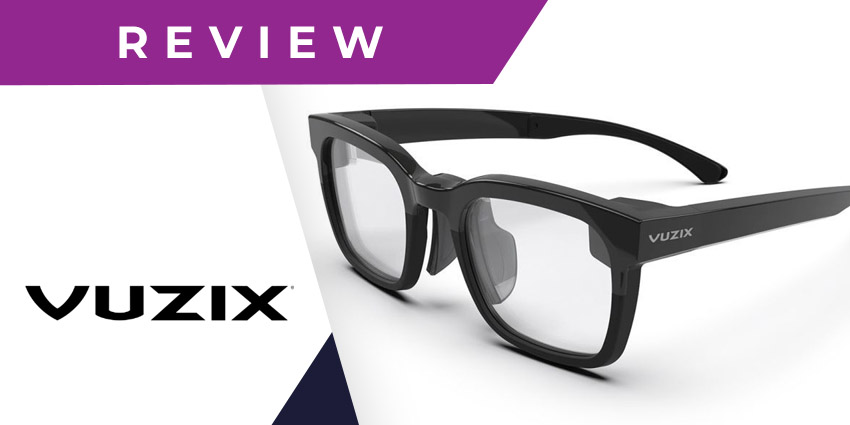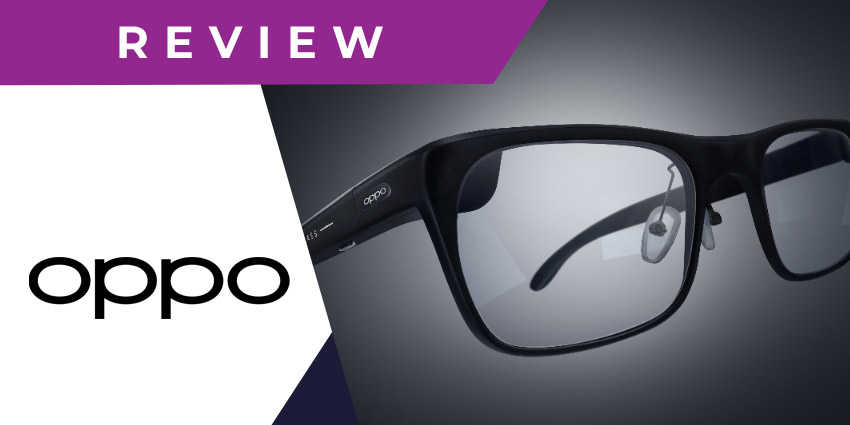We’re living in a time of digital transformation. Increasingly, the real and digital landscapes are blurring more seamlessly together, driven by the need for more intelligence and information in our everyday lives. This is particularly evident in the Extended Reality space.
Extended Reality innovations aren’t just about submerging people in new digital environments, they can also be a way to transform the way we live our lives on a more subtle scale. Google is an excellent example of one of the many companies using things like AR technology mixed with AI to change the way we see and interact with the world.
Google Lens is an AI-powered technology accessing AR innovation and smartphone camera tools to detect objects and bring more information into your everyday world. Lens has actually been around for a while now (since 1027), but people are still discovering the potential today. Here’s what you need to know about Google Lens.
Google Lens Review: Features
Google Lens entered the AR and AI environment at a time when many of us still didn’t know what AR was really about. Introduced at the same time as the Google Pixel, the Google Lens application quickly became a feature in the majority of Android devices. The technology works on any smartphone with a camera. Once you point your camera phone at something, you can ask the Google Assistant to define the object you’re pointing at.
Google Lens can also offer more information than just a definition. You can take a picture of the SSID sticker on your Wi-Fi router and automatically connect your device to a Wi-Fi network. There’s also the option to automatically recognise things. For instance, you could scan your hand to send a thumbs-up emoji in chat. Features include:
- Live translate – offline and online
- Smart text selection to copy text to your phone
- Smart text search so you can use Google to search for something you scan
- Shopping – scan a product and have Google find a place to buy it
- Google homework questions
- Search around you – identify your surroundings and landmarks
- Google define – to identify specific images and objects
The AR element of the app comes in the ability of the device to add information to the image you’re seeing. For instance, if you scan a piece of paper in real-time, your phone camera will allow you to highlight the bits of text you want to copy. You can use your camera to alter a segment of foreign language on a wall or in a book in real-time, changing what you see through your phone. There’s also the option to get help with homework questions on your phone while you’re scanning problems.
Google Lens Review: Benefits
Though an often-overlooked example of how AI and AR can work well together in the modern world, Google Lens is a fantastic insight into what we can accomplish by augmenting our reality. The app, available as a standalone download for those who don’t have it already, can make the world around you more immersive and accessible in a matter of seconds.
Google Lens works primarily within your camera app, using the camera in your phone to intelligently scan information, search for data and then present that data as an overlay on the camera screen. However, you can also access features of Google Lens for things like your photos too. Lens can define which categories certain pictures belong to, for instance, or it can help you scan a document more effectively when you don’t have a scanner available.
Google Lens might not be the first app you think of when imagining an AR solution, but it’s definitely got a lot of benefits, such as:
- Instant translate: Google is one of the few companies in the world today making travel around the globe a little less scary. For a while now, the Google team has been working on its translation features and language recognition tools. The AR Lens application allows you to replace the language you can’t read on a sign or something in the world around you, with the language you understand. Just direct your camera at the thing you want to translate, and Google does the rest.
- Scanning and copying text: Most of us don’t have a professional scanning machine handy when we’re on the move. Unfortunately, taking pictures of important documents can be a real headache. It’s often difficult to get the lighting right, and make sure the text is truly legible. Lens can easily adjust the image of your scanned text, to make it more like an officially scanned document.
- Instant information: Having access to more information as we explore the world around us is one of the best features of AR. We’ve seen this functionality used to help with things like giving customers directions to a store or providing them with information about a scanned product. Google Lens can offer all kinds of information just using your smartphone camera. You can instantly search for a place to buy a product you like or identify a landmark and get information about it.
- Homework help: Google’s combination of AI and AR means it can do a lot more than just enhance the things you see through your smartphone camera. The system can also recognise problems and academic challenges in a workbook, and give you access to explainers and guides to help you find a solution.
Google Lens Review: Verdict
Google Lens might not be the most exciting example of AR today, but it’s definitely one of the most reliable, accessible, and easy-to-use options for many users. This convenient application can help you to see the world in a different way, with access to more information and context in any situation. As the Google landscape continues to evolve, and the AI available grows more intelligent, there’s no doubt Google Lens will transform even further.
If, somehow, you’ve managed to avoid giving Lens a try up to now, it’s definitely worth downloading the app for a quick introduction.


